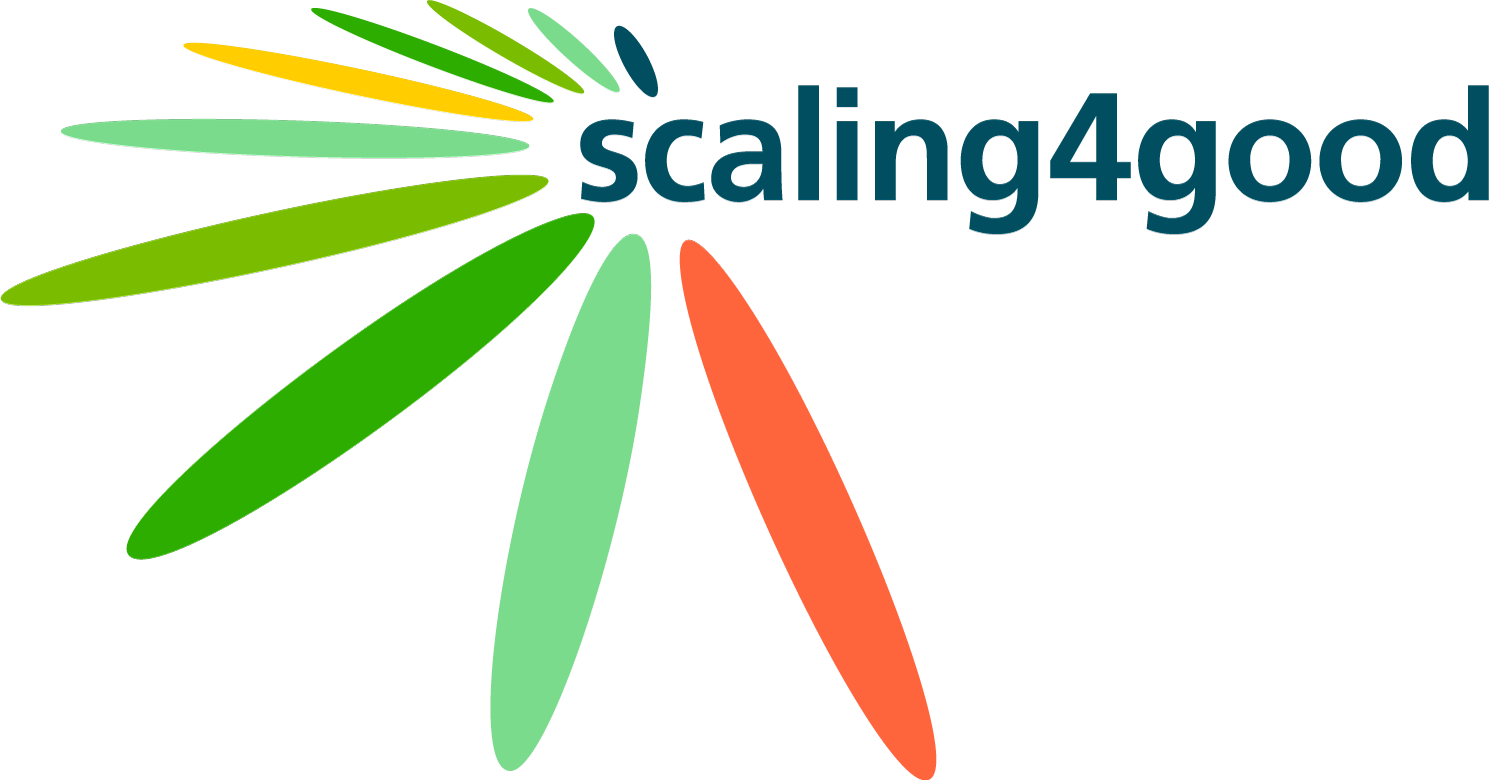In a VUCA world—one defined by Volatility, Uncertainty, Complexity, and Ambiguity—addressing unprecedented challenges requires acknowledging that there is no singular problem-solution logic. Theories such as the Stacey Matrix and Cynefin framework suggest that when facing complex issues, we should pause, reflect, and experiment. Living labs have emerged as powerful tools in this landscape, providing collaborative spaces for learning, experimentation, and real-world application. They have become essential institutions in transdisciplinary and transformative research, bridging theory and practice to drive sustainable development.
At their core, living labs facilitate real-world experiments that test new societal practices, technologies, and policies in participatory settings. These labs create spaces for transdisciplinary research, where academic institutions, local governments, NGOs, civil society and businesses collaborate under the guiding principle of sustainable development. By fostering collective responsibility for future generations, these initiatives act as pioneers of change, advancing new social contracts that emphasize collaboration and shared accountability.
Over the past years, we have been involved in various living labs (from biodiversity or waste in urban settlements, to building technologies and social innovation approaches) and have gained significant insights. One of the key strengths of living labs is their ability to bring together diverse groups of actors at eye level. In theory, this fosters a shift in power structures and unlocks the potential for transformative learning. However, this potential can be hindered when stakeholders have divergent communication patterns, expectations, and understandings of participation. Also the experimental and open-ended nature of a living lab sometimes clashes with actors’ need for security and control which is usually demanded from their roles.
Transformative learning processes inherently challenge our existing meaning perspectives, triggering what researchers refer to as “edge emotions.” These cognitive and emotional stress states arise from uncertainty, ambiguity, and complexity—elements intrinsic to any living lab. For these emotions to be acknowledged and processed, a sufficiently safe environment must be established for participants. When this psychological safety is lacking, and conflicts or emotions are suppressed by e.g. not giving enough space and time to address them explicitly, the transformative potential of living labs is significantly diminished.
Reflecting on the broader context, living labs are playing an increasingly important role globally in contributing to sustainable development. By offering experimental spaces where researchers, policymakers, and communities collaborate on innovative solutions, they provide a structured yet flexible approach to tackling complex societal challenges. Depending on the outcomes of Living Labs, the experiments – which by definition already happened outside of the lab in the “real-world” – are then transitioned into long-term implementation and consolidated. Since 2019, initiatives such as the Netzwerk Reallabore der Nachhaltigkeit have been fostering synergies among researchers and practitioners, strengthening the impact of these labs by ensuring learning across geographical and topical scopes and further establishing the significance of Living Labs in the pursuit of sustainability.
ChatGpt 3.5 has been used in structuring this article.


A really good article about strengths and opportunities that co-exist as side-effects of the turbulent times ♡.